*NURSING > EXAM > Chamberlain College of Nursing NR 503 503NR 503 Week 8 Final Exam; Student Consult Questions with Ra (All)
Chamberlain College of Nursing NR 503 503NR 503 Week 8 Final Exam; Student Consult Questions with Rationale.
Document Content and Description Below
Chapters 2-4 1. Which of the following is a condition which may occur during the incubation period? a. Onset of clinical illness b. Receipt of infection c. Signs & symptoms of disease d. Transmi... ssion of infection e. Isolation of disease carrier through quarantine Rationale: The incubation period is defined as the interval from receipt of infection to the time of onset of clinical illness. Accordingly, individuals may transmit infectious agents during the incubation period as they show no signs of disease that would enable the isolation of sick individuals by quarantine. 2. Chicken pox is a highly communicable disease. It may be transmitted by direct contact with a person infected with the varicella-zoster virus (VZV). The typical incubation time is between 10 to 20 days. A boy started school 2 weeks after showing symptoms of chicken pox including mild fever, skin rash, & fluid-filled blisters. One month after the boy returned to school, none of his classmates had been infected by VZV. The main reason was: a. Herd immunity b. All had been immunized prior to the school year c. Contact was after infectious period d. Subclinical infections were not yet detected e. Disease was endemic in the class Rationale: The disease is spread by contact with an infected individual who can transmit the agent (VZV) to immunologically naive persons during the incubation period & for several days after onset of clinical illness. Since the boy started school 14 days after showing signs consistent with chicken pox, it is most likely that he was no longer infectious. 3. Which of the following is characteristic of a single-exposure, common-vehicle outbreak? a. Long latency period before many illnesses develop b. There is an exponential increase in secondary cases following initial exposures c. Cases include only those who have been exposed to sick persons d. The epidemic curve has a normal distribution when plotted against the logarithm of time e. Wide range in incubation times for sick individuals Rationale: Single-exposure, common-vehicle outbreaks involve a sudden, rapid increase in cases of disease that are limited to persons who share a common exposure. Additionally, few secondary cases develop among persons exposed to primary cases. A histogram of the outbreak can plot the number of cases by time of disease onset. In single-exposure, common-vehicle outbreaks, a log transformation of the time of disease onset will often take on the characteristic shape of a normal distribution (i.e., a bell curve) with the median incubation time found at the peak of the curve [Show More]
Last updated: 1 year ago
Preview 1 out of 21 pages
Instant download

Instant download
Reviews( 0 )
Document information
Connected school, study & course
About the document
Uploaded On
Oct 04, 2021
Number of pages
21
Written in
Additional information
This document has been written for:
Uploaded
Oct 04, 2021
Downloads
0
Views
119






.png)
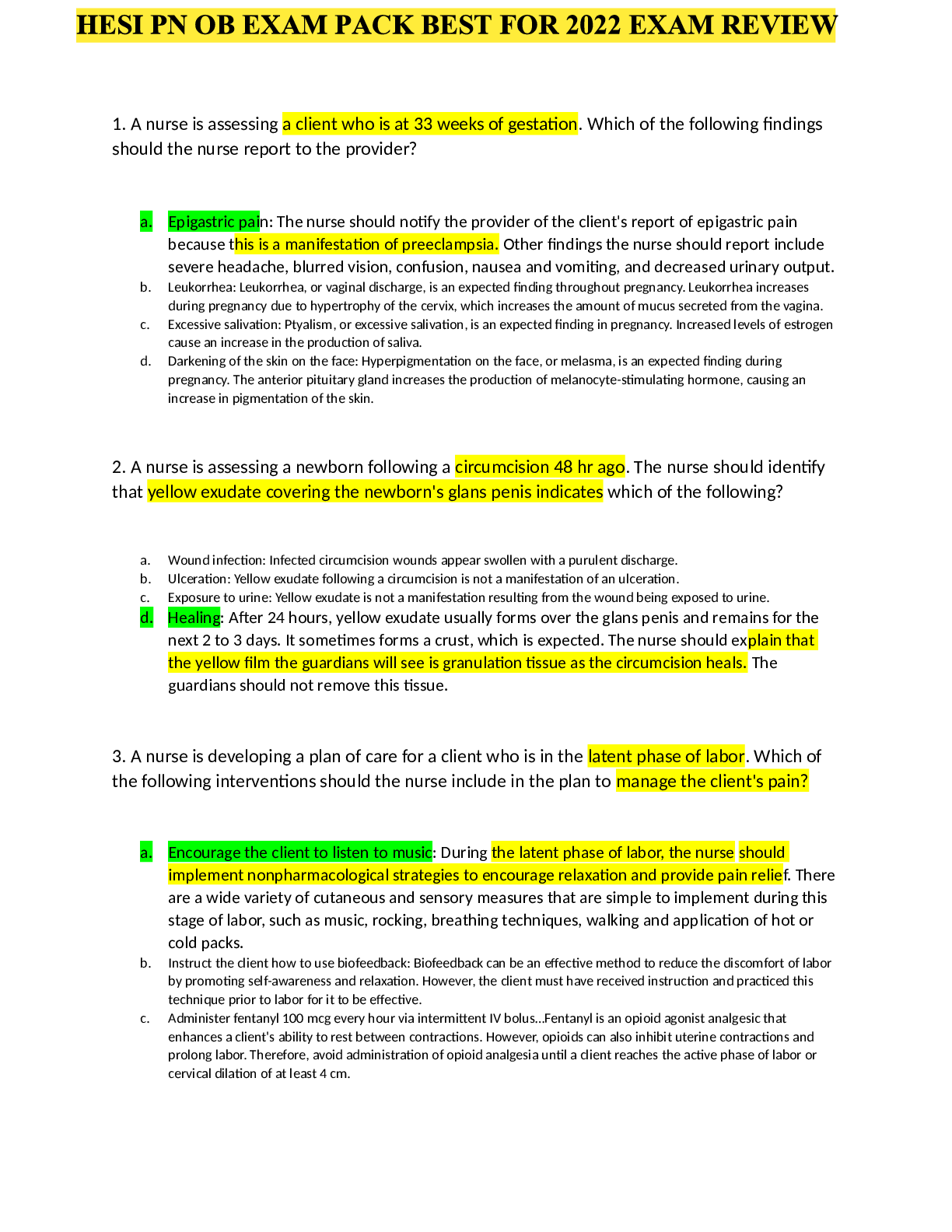
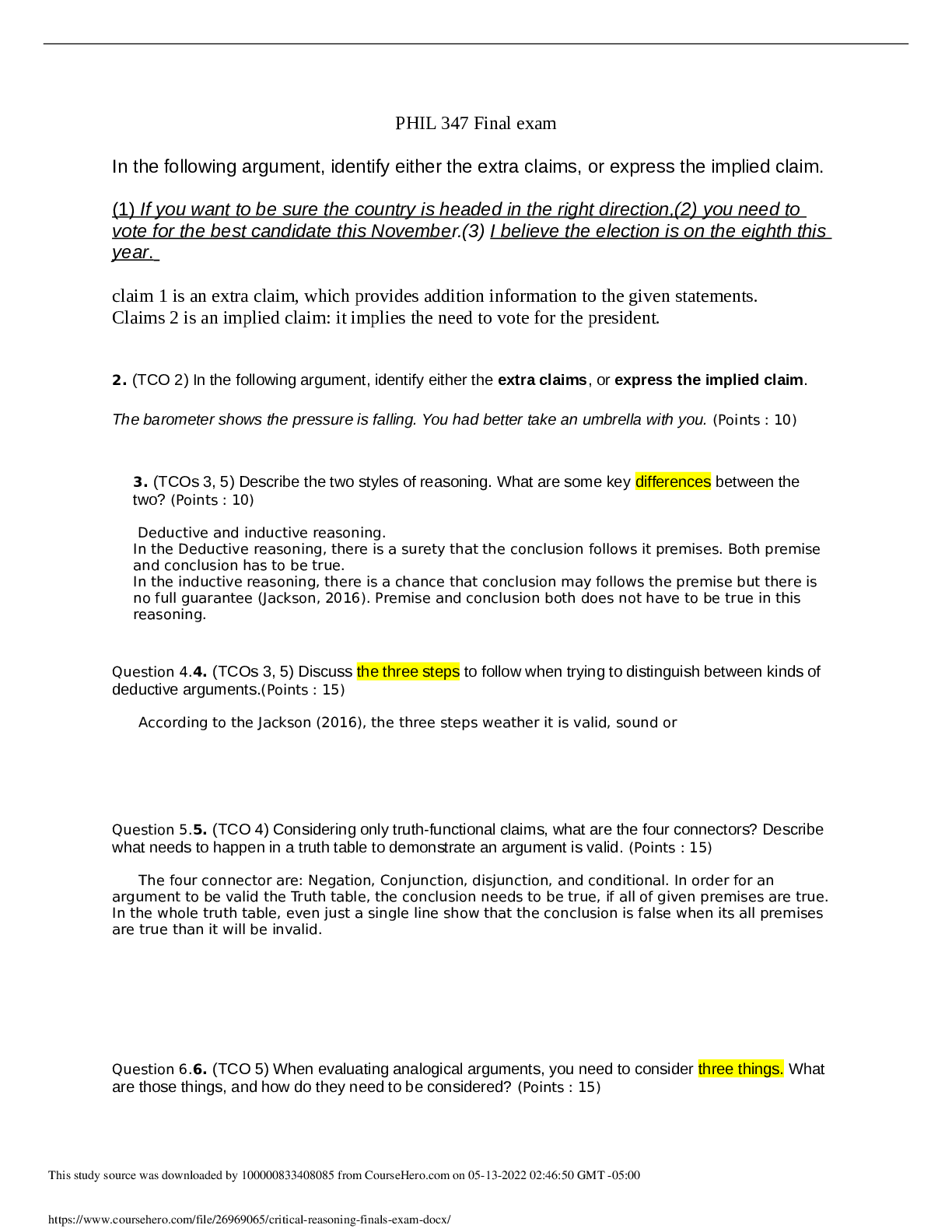

.png)
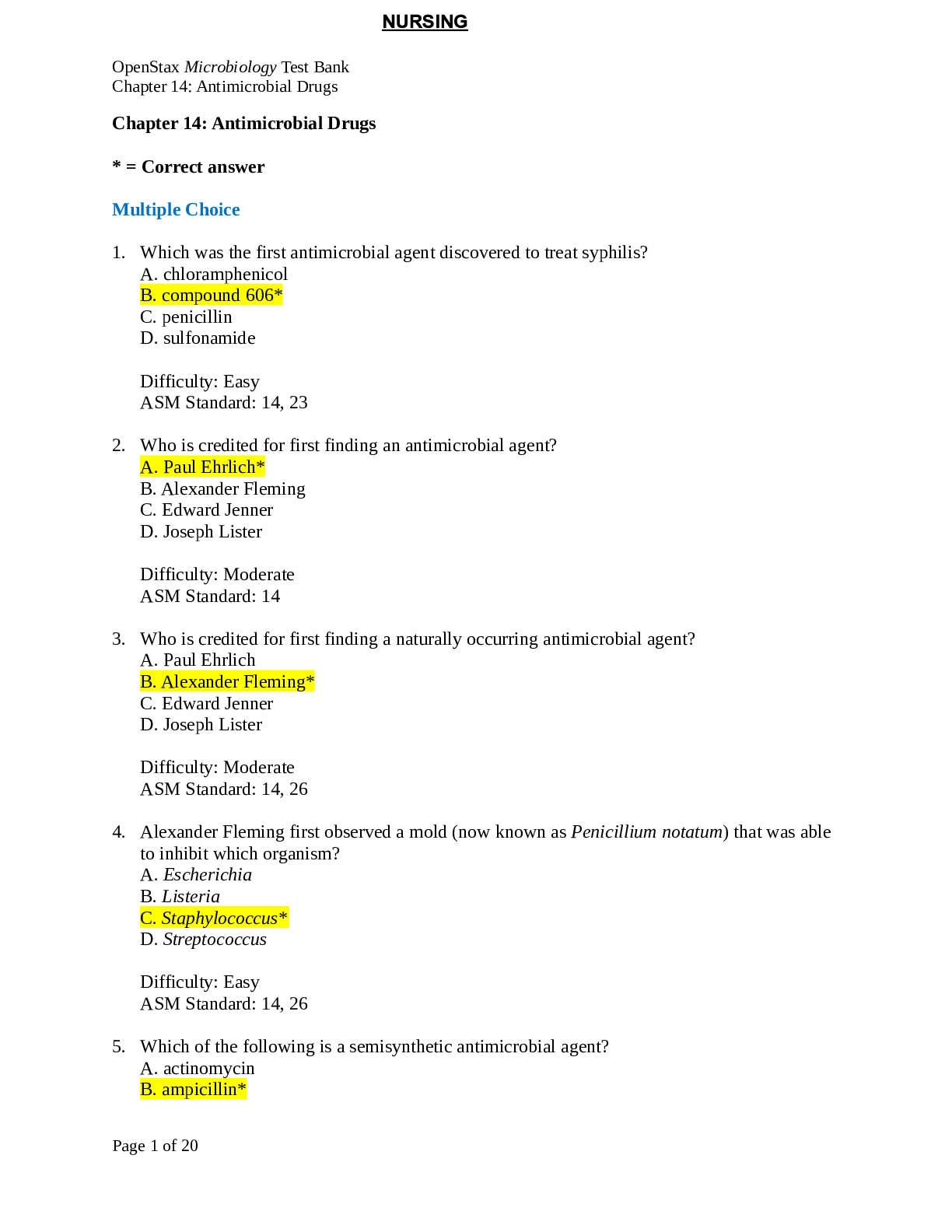
.png)


.png)

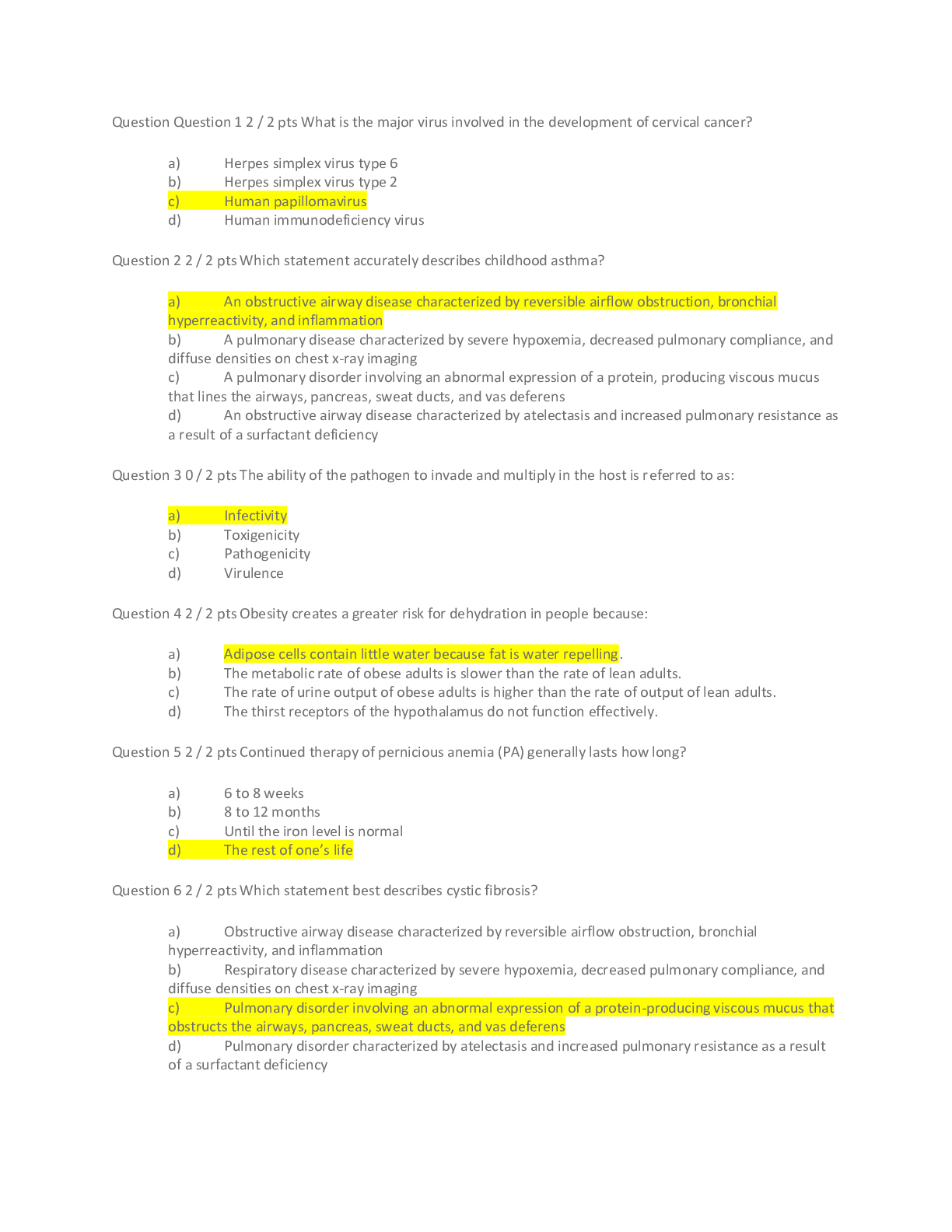
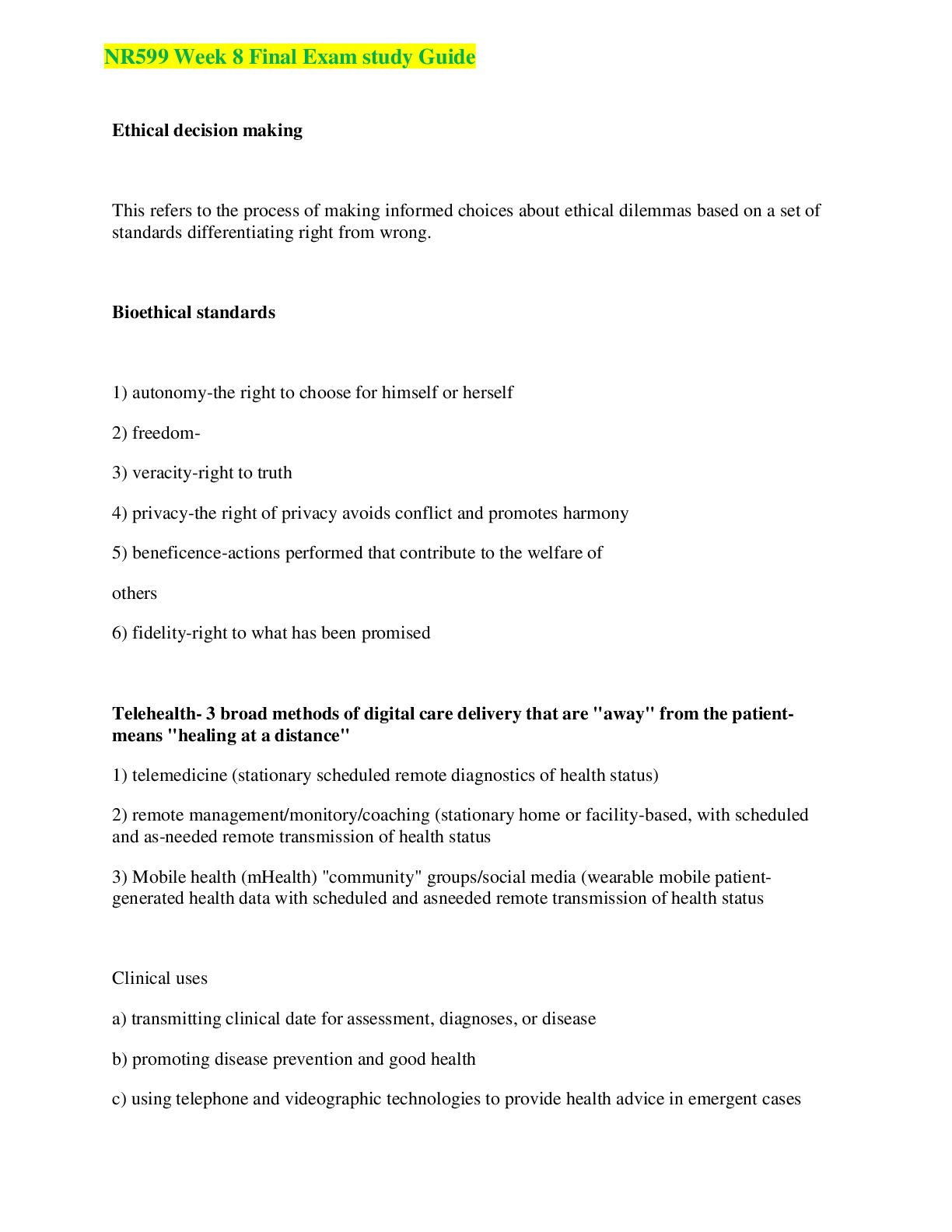


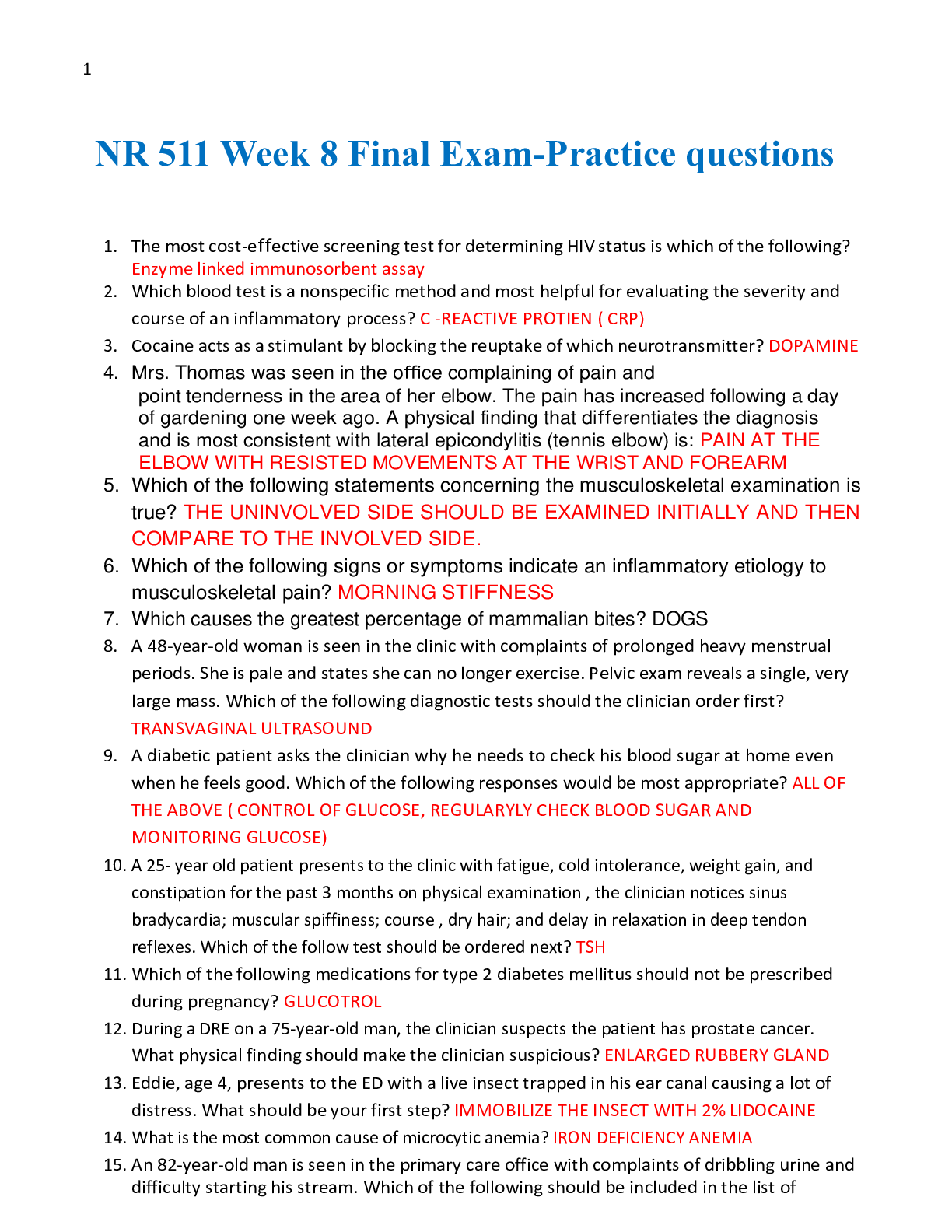





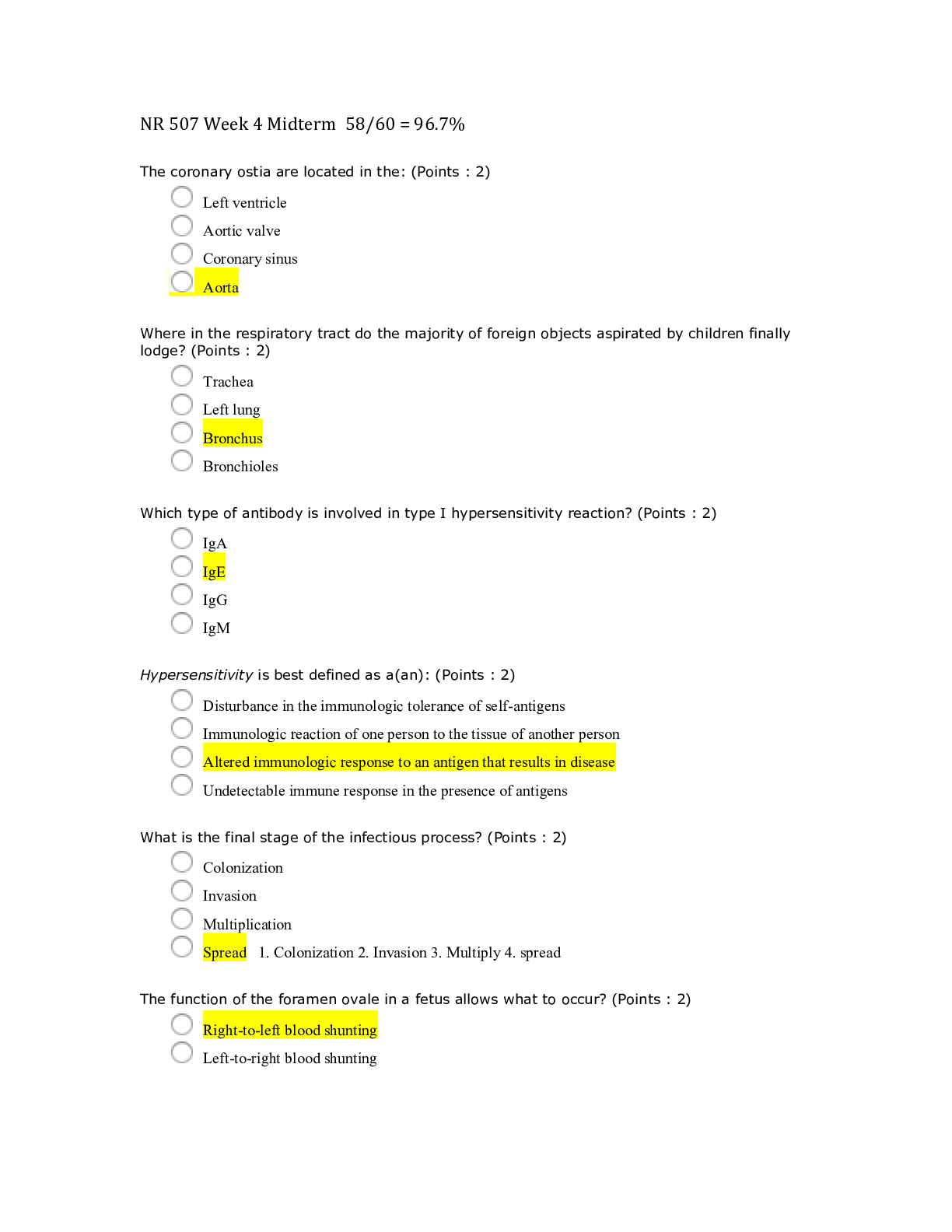

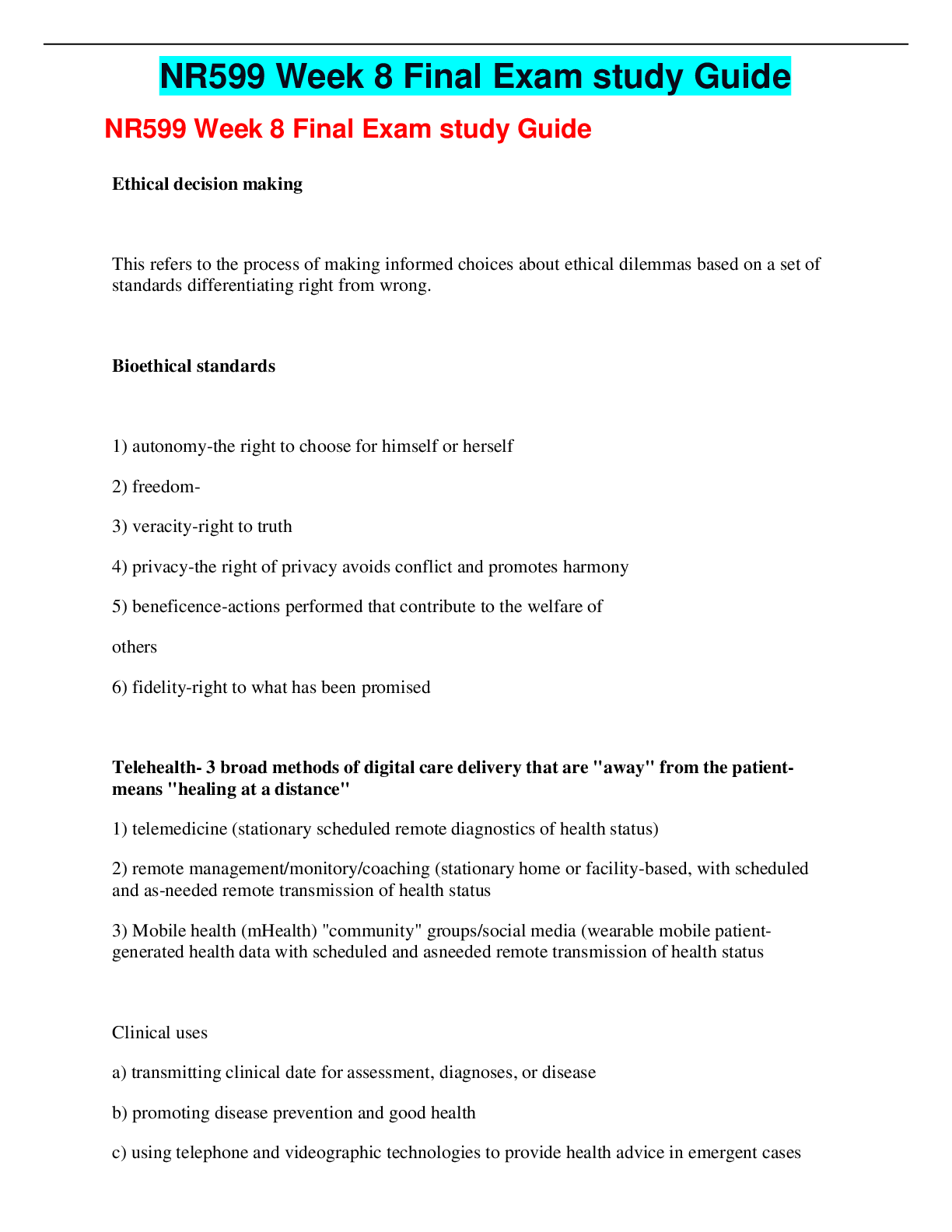

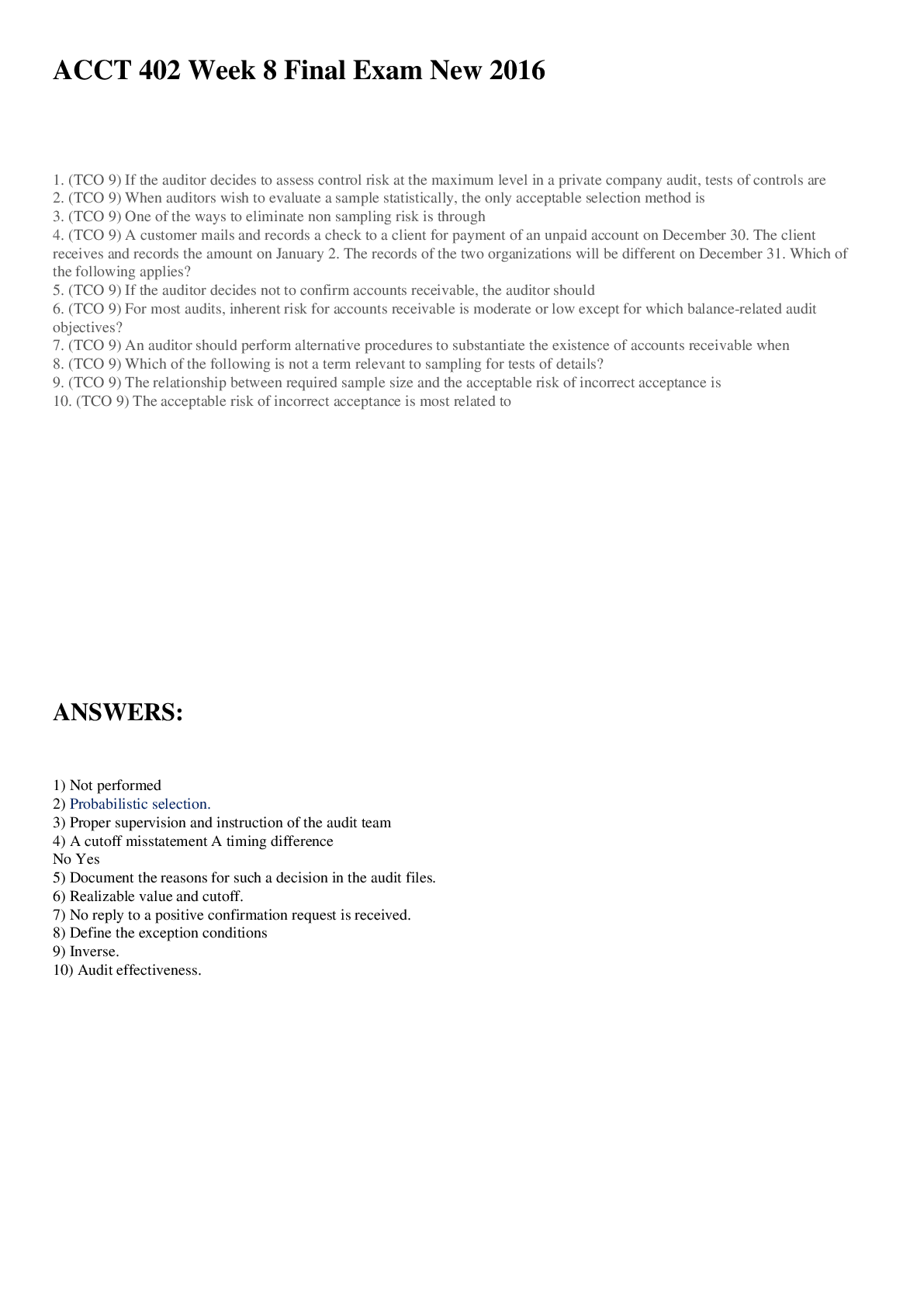

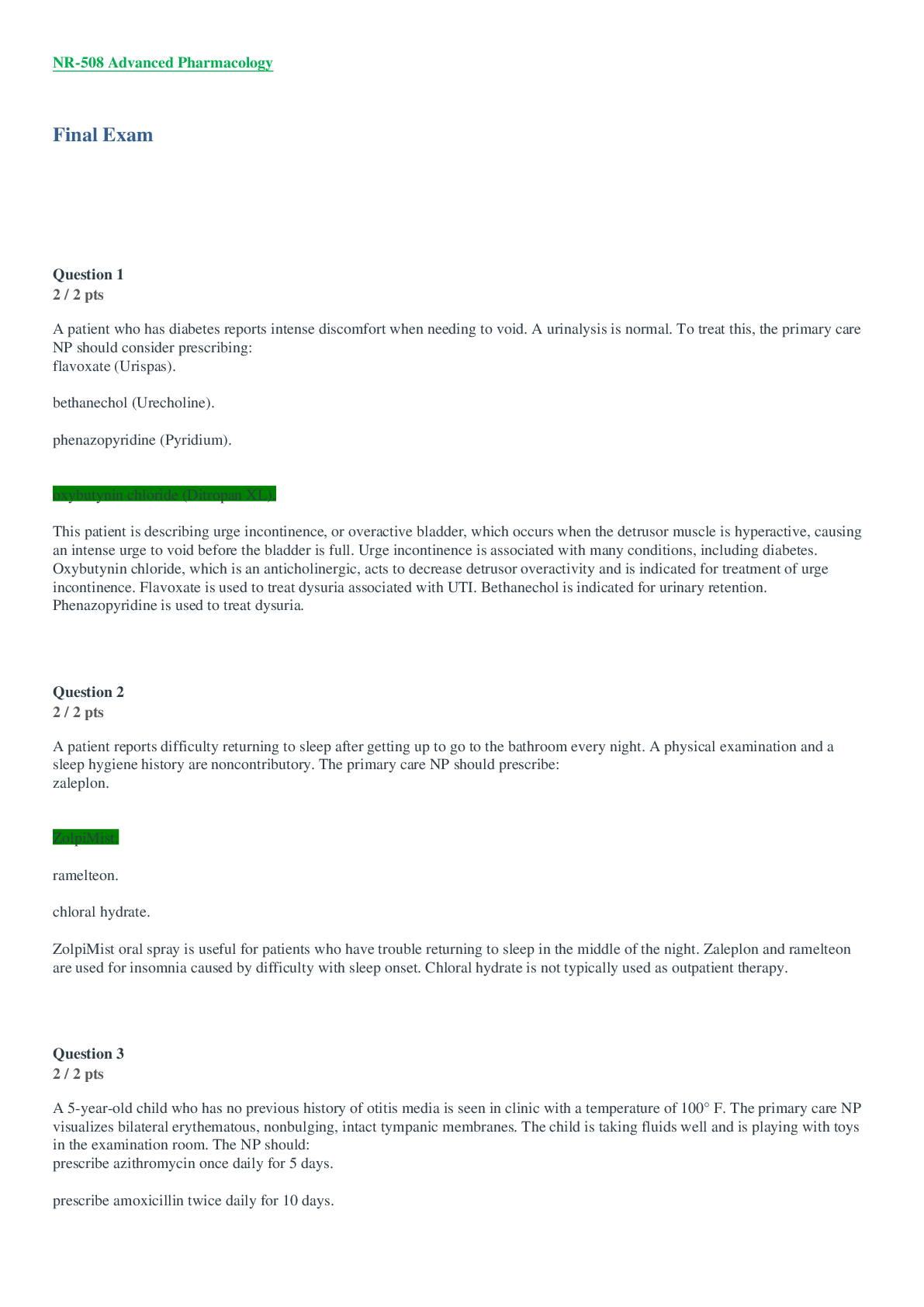
.png)

